Last updated on at 05:01 pm
Welcome, fellow cyclist, to the enchanting realm of European cycling! Imagine a mosaic of cobblestone streets, charming villages, and lush countryside vistas whizzing by as you pedal through the heart of Europe. But wait, there’s more to this cycling extravaganza than meets the eye. Strap on your helmet and join me on a journey to uncover the rich tapestry of cycling etiquette and culture woven into the fabric of European life.
Cycling is a big thing in Europe—it’s a way of life, a cultural phenomenon that binds together nations and communities. From the sun-drenched shores of Spain to the snow-capped peaks of Switzerland, the bicycle reigns supreme, offering a unique perspective on the diverse landscapes and vibrant cultures that define the continent. But what sets European cycling apart isn’t just the stunning scenery or the well-maintained bike paths—it’s the deep-rooted traditions, customs, and unwritten rules that govern the cycling experience.
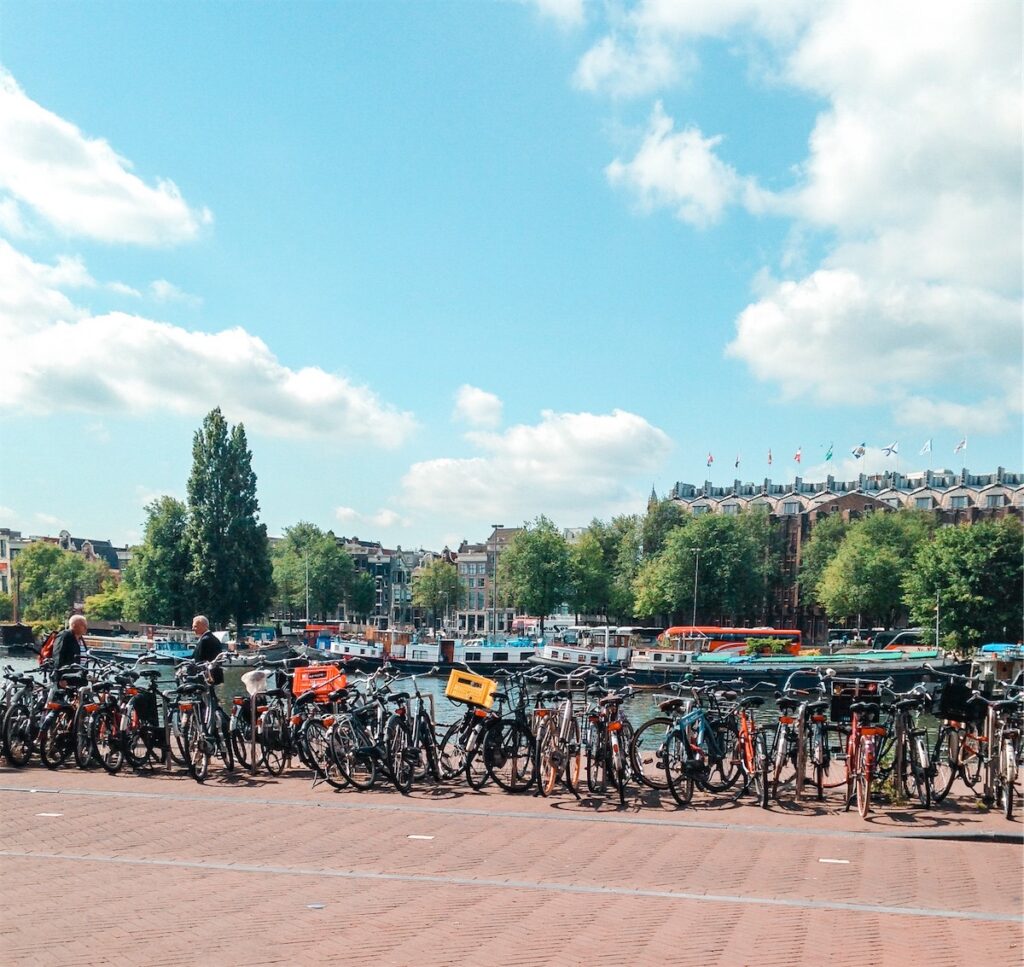
Related Read: Cycling Adventures in Europe – The Ultimate Guide
Cycling Across Europe: The Continental Obsession
Ah, cycling—a cherished pastime, a mode of transportation, and a cultural cornerstone across the continent. But don’t be mistaken—cycling in Europe transcends mere utility. For cyclists, it embodies a deeper connection to the world around them, a symphony of sensations as they glide through bustling streets or meander along tranquil country lanes. In Europe, bicycles aren’t just vehicles; they’re vessels of freedom, adventure, and sustainability. Whether navigating Prague’s historic cobblestone streets or tracing Portugal’s sun-kissed coastline, the bicycle becomes your steadfast companion, propelling you through a tapestry of landscapes and cityscapes with boundless enthusiasm.
When in Europe, you will find bikes as ubiquitous as croissants in a French café or pasta in an Italian trattoria. They’re woven into the fabric of daily life, seamlessly integrated into the bustling rhythms of urban centers and the tranquil rhythms of rural communities. You can witness the hustle and bustle of Amsterdam’s rush hour, where bicycles outnumber cars and cyclists zip through the city with effortless grace. Or imagine the idyllic charm of rural Denmark, where families pedal leisurely along country lanes, stopping to admire the rolling fields of barley and the quaint thatched-roof cottages that dot the landscape.
But what sets European cycling culture apart isn’t just its prevalence—it’s the passion and enthusiasm with which it’s embraced. From professional cyclists competing in the Tour de France to families enjoying a leisurely Sunday ride in the park, cycling transcends age, gender, and social status. It’s a unifying force that brings people together, fostering a sense of community and camaraderie that knows no bounds. So whether you’re a seasoned cyclist or a casual rider, hop on your bike and join the millions of Europeans who have embraced cycling as not just a mode of transportation, but a way of life.
The Dutch Love Affair: Pedal Power in the Netherlands
First stop: the Netherlands, the undisputed cycling capital of the world. Here, bicycles outnumber residents, and cycling is not just a means of bringing people from one place to another; it’s a way of asserting cultural dominance. Picture the rush hour in Amsterdam, where seas of bicycles flow like rivers, and cyclists reign supreme. With dedicated bike lanes, traffic signals, and even bike-friendly roundabouts, the Dutch have elevated cycling to an art form. And don’t even think about locking your bike to someone else’s—bike theft is practically a national sport here!
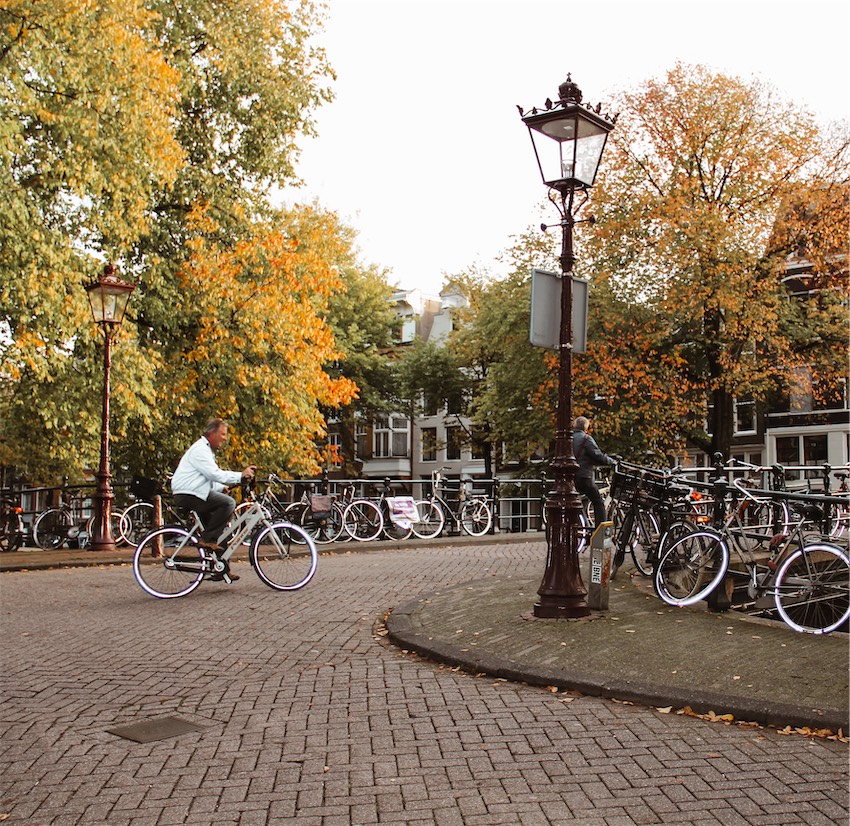
In some places, cycling is nothing more than a way for you to reach your office; In the Netherlands, it’s way more than that–it’s a way of life, deeply embedded in the national identity. From toddlers learning to ride their first bike to seniors pedaling to the market, cycling transcends age, gender, and social status. The Dutch even have a word for it: “fietscultuur,” or bike culture, which permeates every aspect of society. And let’s not forget the Dutch obsession with cargo bikes—those behemoths of the bike world capable of hauling everything from groceries to furniture with ease. In the land of tulips and windmills, the bicycle reigns supreme.
Danish Delights: Cycling Serenity in Denmark
Next on our itinerary is Denmark, where cycling is as natural as hygge and smørrebrød. In Copenhagen, the bike is king, and cyclists pedal with the grace of ballet dancers navigating the urban jungle. But what sets Danish cycling culture apart is its emphasis on relaxation and enjoyment. Imagine having a leisurely bike ride along the scenic coastline, with pit stops for picnics and swims in the azure waters of the Baltic Sea. In Denmark, cycling isn’t just about getting from point A to point B—it’s about savoring the journey.
Cycling, for those in Denmark, is a way of life that promotes health, happiness, and sustainability. With a network of well-maintained bike paths crisscrossing the country, cyclists can traverse Denmark from end to end with ease. And let’s not forget the Danish concept of “cykelslangen,” or the Cycle Snake—a spectacular elevated bike path snaking its way through the heart of Copenhagen. With its sweeping curves and panoramic views, the Cycle Snake is a testament to Danish ingenuity and the country’s commitment to cycling infrastructure.
German Efficiency: Cycling with Precision
Now, let’s zoom over to Germany, where cycling is a well-oiled machine. With a network of meticulously maintained bike paths crisscrossing the country, cycling in Germany is a breeze. Picture this: orderly queues of cyclists waiting at traffic lights, signaling with robotic precision, and seamlessly merging into traffic like a finely tuned symphony orchestra. In Germany, punctuality isn’t just a virtue—it’s a way of life, even on two wheels.
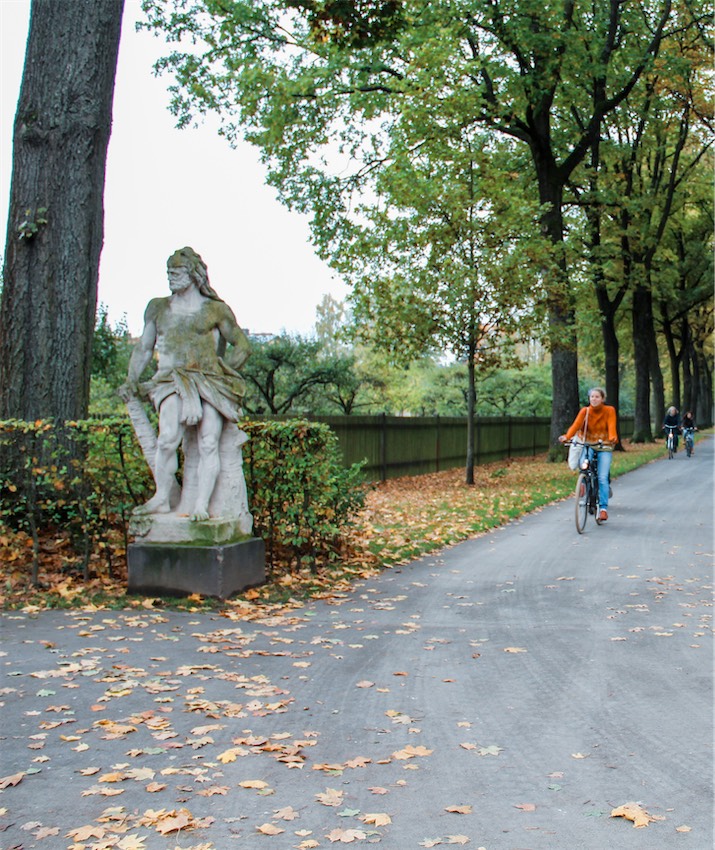
Germany is where cycling is more than just a mode of transportation; it’s a way of connecting with nature, exploring new destinations, and staying fit and healthy. With its rolling hills, picturesque villages, and scenic riverside paths, Germany offers cyclists a smorgasbord of breathtaking landscapes to explore. And let’s not forget the legendary Autobahn for bikes—the no-speed-limit cycling highways where cyclists can unleash their inner speed demons without fear of getting a speeding ticket.
Rules of the Road: Cycling Etiquette 101
But what makes European cycling culture truly special isn’t just the scenery—it’s the unwritten rules of the road that govern the cycling experience. Whether you’re navigating the labyrinthine streets of Rome or cruising along the canals of Amsterdam, here are a few cardinal rules every cyclist should abide by:
Rule #1: Thou Shalt Ring Thy Bell
In the land of cycling, the bell is mightier than the horn. Whether you’re overtaking a fellow cyclist or alerting pedestrians to your presence, a polite ding of the bell is the universal language of cycling courtesy. Remember, a friendly “ding ding” goes a long way in avoiding collisions and maintaining harmony on the bike path.
Rule #2: Keep Right, Pass Left
Just like driving, European cyclists adhere to the golden rule of keeping right and passing left. Whether you’re cruising along a bike path or navigating a bustling city street, always stay to the right to allow faster cyclists to overtake safely. And when passing, give a friendly “on your left” to let slower riders know you’re coming through.
Rule #3: Mind Thy Manners at Intersections
Ah, intersections—the crossroads of cycling civilization. When approaching a junction, European cyclists follow a simple hierarchy: first come, first served. Yield to pedestrians, give way to vehicles when necessary, and always obey traffic signals. Remember, patience is a virtue, especially when navigating the chaotic ballet of urban intersections.
Cycling Beyond Borders
As we bid adieu to our European cycling odyssey, one thing becomes abundantly clear: cycling isn’t just a mode of transportation—it’s a way of life. From the windmills of Amsterdam to the vineyards of Bordeaux, the bicycle transcends cultural boundaries and unites us in a shared love of two-wheeled adventure. So whether you’re a seasoned pro or a novice cyclist, grab your helmet, saddle up, and embark on your own European cycling escapade. Who knows what wonders await just around the next bend?
And remember, in the grand tapestry of European cycling culture, there’s always room for one more rider. With this, pedal forth, my friends, and may the wind be ever at your back!
Follow me on:
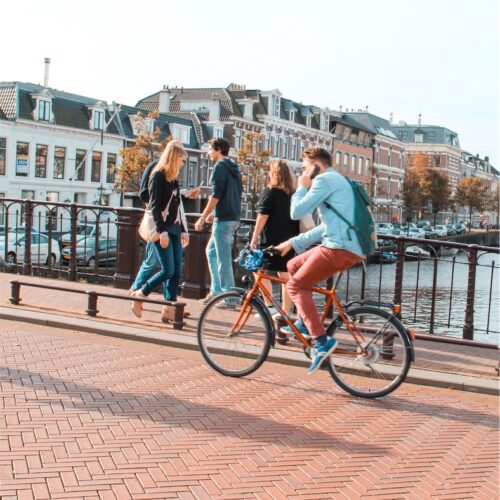

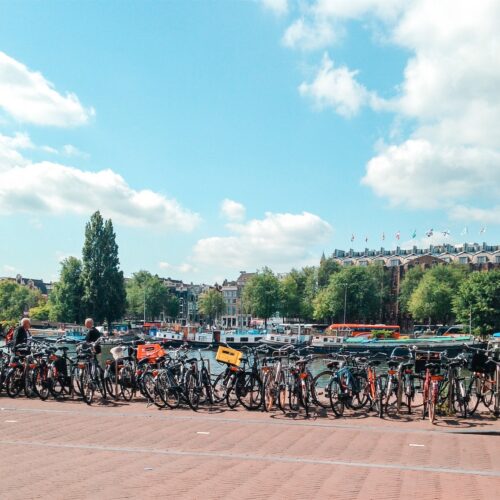

What a great idea! Love it!
Sounds like an adventure. Thanks for sharing!
Lovely share, i wish i could have the courage to even start something like this but given that I live in the mountainous part of Switzerland, the thought of going on a bike even for a short distance scares me because I will be climbiinng and climbing, something not easy on a bike unless you`ve trained for it
This was one of my friends mom’s dreams before her passing. Specifically to go cycling in the South of France. Not sure if that is even a thing. But love this article so much. I think it has become my obsession now. Would love to go adventuring on a bicycle in Europe one day. Great article and pictures. Thank you.
I live in a rural section of Hong Kong, which is crisscrossed with bicycle paths, and I love cycling except during summer, when it’s simply too hot and humid. But I DO wish we had some cycling etiquette such as you mentioned in this post! Such as: which side to cycle on, left or right? And ring your bell when passing … to mention a few. Would love to try cycling in Europe!
I absolutely loved this article! It sounds like cycling through Europe is an unforgettable adventure with rich cultures and stunning landscapes to explore. Sounds like so much fun!
This was such a great read! I use to love cycling and am going to start back!
Makes me want to get into cycling! Thanks for sharing.